Leaf Miner Fly Babies Scribble All Over Your Salad
If you have a green thumb, spring in the Bay Area marks the harvesting of lemons and oranges, onions and garlic, and greens like arugula, kale and mustard.
But what are those squiggly marks crisscrossing your arugula and lemon tree leaves?
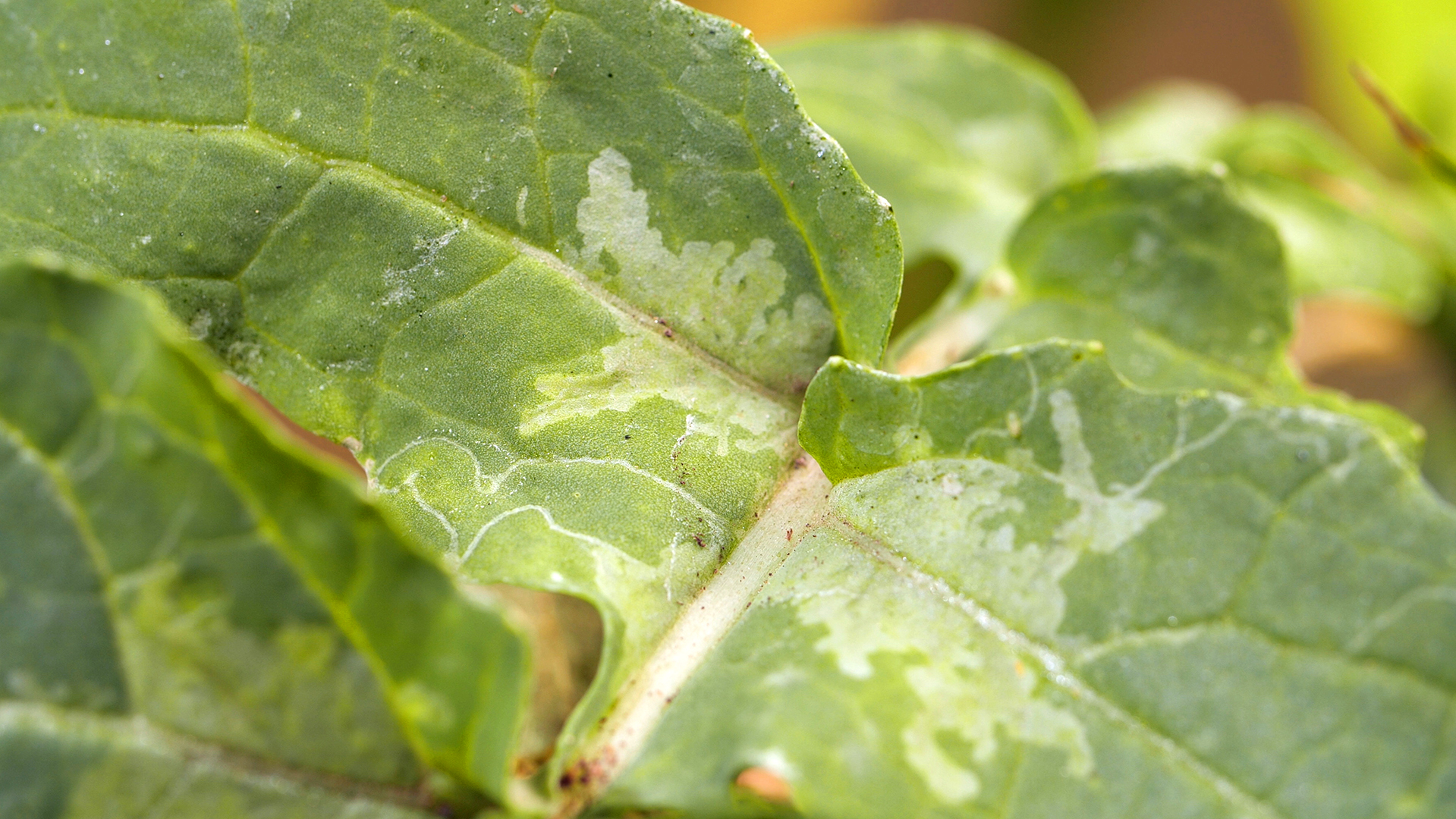
Those curlicues are the work of leaf miners, tiny insect larvae that tunnel through leaves. The mines they carve out might be a whitish tan or light gray. They can be neatly serpentine or converge and have a blotch-like appearance, depending on what insect made them. Many different flies, butterflies and moths lay eggs on the leaves of citrus, vegetables and ornamental plants that grow into leaf miners.
“They’re ubiquitous in the Bay Area,” said James Farr, a master gardener with Alameda County who answers residents’ home gardening questions. “Every year we have leaf miners on my citrus.”
The mines that appear in May and June on the lemon, lime and orange trees he grows in his home near Pleasanton are created by the larvae of moths that lay their eggs on the citrus leaves. The trails can appear as early as April if the weather is warm enough.
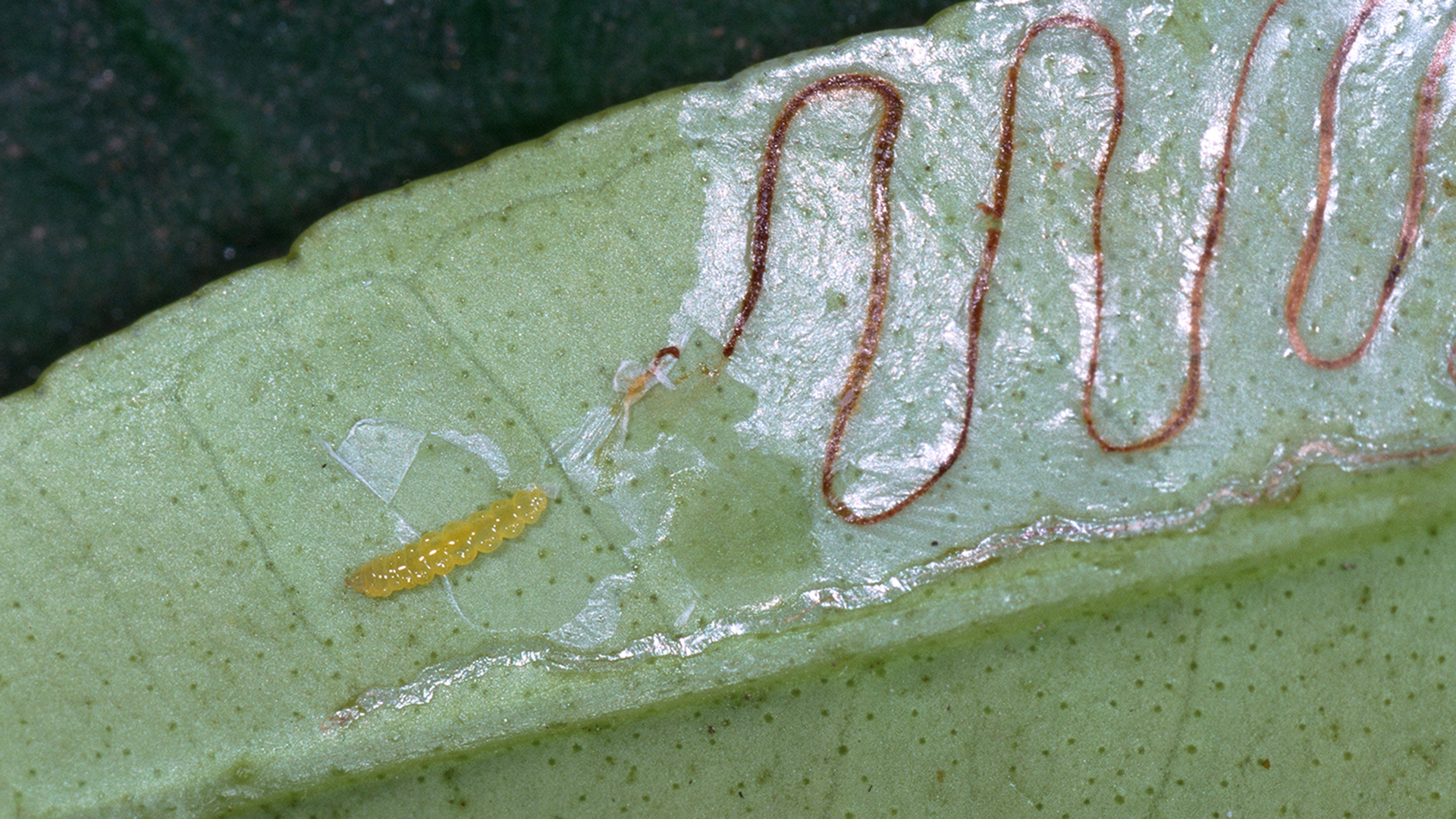
If you were to pull back the outermost layer of a leaf, you’d see a translucent larva about a fourth of an inch long tunneling through the leaf’s spongy layer. Their mines, shiny films with a neat, dark stripe of poop inside, might be the best evidence that moths are living in a garden. Leaf miner adults can be infamously elusive.
“I’ve been growing for 20 years,” he said, “and I can’t say that I’ve ever seen the adult moth, just the tracks.”
Leaf miners rarely do enough damage to even come close to killing a plant, but they make individual leaves inedible. If given enough time, however, a leaf miner can be particularly damaging to vegetables that are harvested specifically for their leaves. But don’t worry if you mistakenly eat a larva — it won’t make you sick.
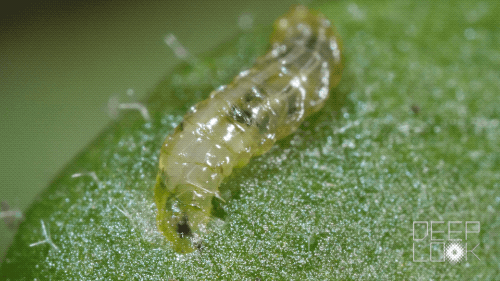
For leafy greens, which can be grown during most of the year in the Bay Area, miners can show up anytime a plant has enough mature leaves.
Among crops that will be ready to harvest in the summer, like tomatoes, beans, chard and squashes, leaf miner larvae may start appearing in late May. The same goes for ornamental plants like verbena, begonias and impatiens.
Most backyard gardeners only need to remove the damaged leaves by hand. Farr warns against using insecticides on these pests. Since leaf miners are tucked inside the leaf, chemicals aren’t very effective and can hurt beneficial pest predators like wasps, spiders and ladybugs.
Gardeners with a greenhouse or large numbers of plants can use parasitic wasps to control the leaf miners. The female wasp will inject her eggs into the larvae. Once hatched, the young wasps feed on the leaf miners from the inside out, utterly wiping out a miner infestation.
“They’re voracious killers of larvae,” Farr said.
One leaf miner that Bay Area gardeners might find in their arugula is the larva of a fly called Scaptomyza. It’s related to — and looks a lot like — the fruit fly you might find buzzing around your ripe bananas.
But where the common fruit fly in our kitchen sucks the vinegary liquid produced by decaying fruit and plants, Scaptomyza flies feed on fresh, bitter-tasting leafy plants like arugula and kale.
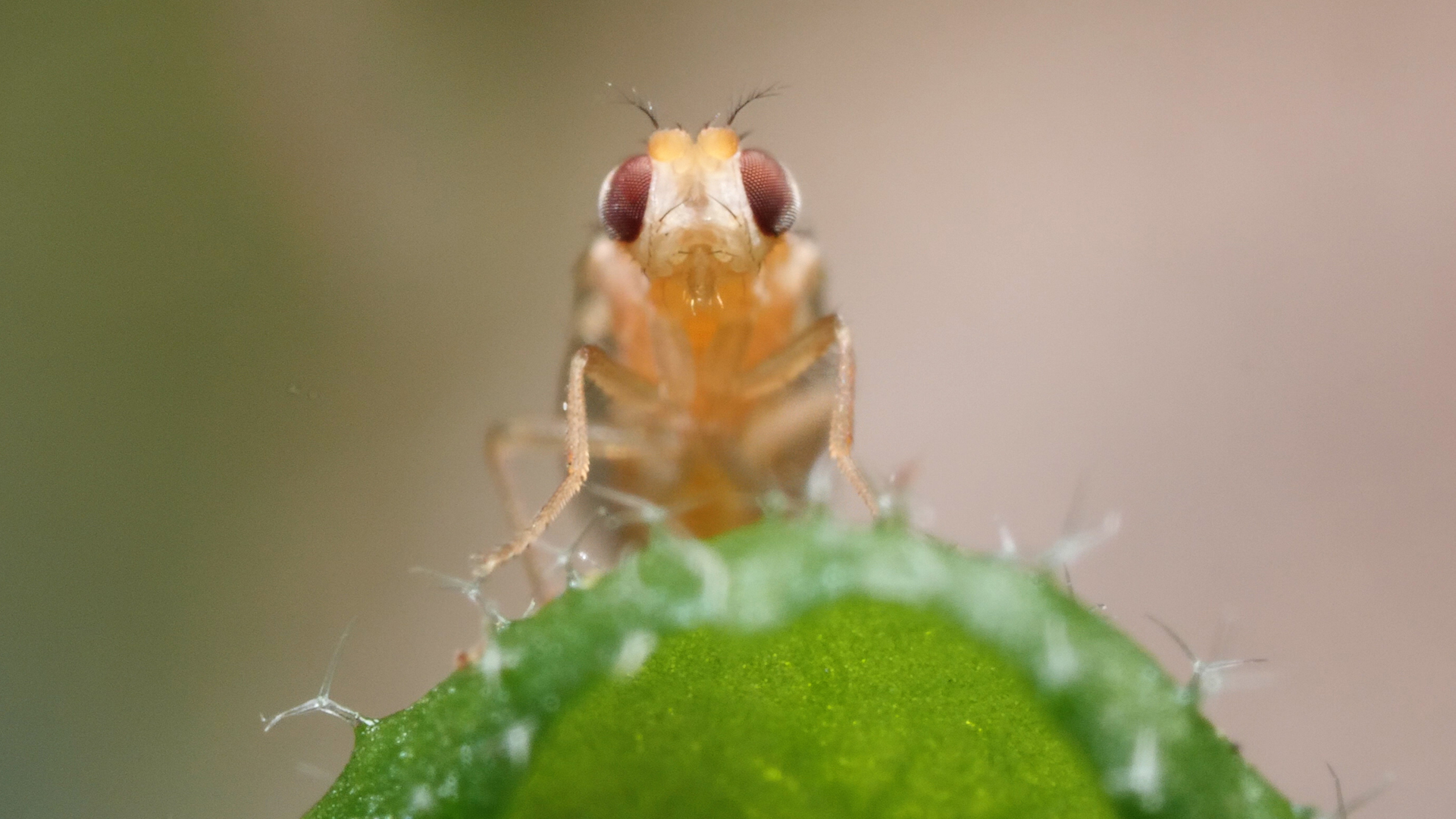
The chemicals that give these leafy greens their bitter taste are precisely their defense mechanism against insects. The characteristic peppery taste that some of us love in arugula is a result of compounds called isothiocyanates, which are toxic to most insects.
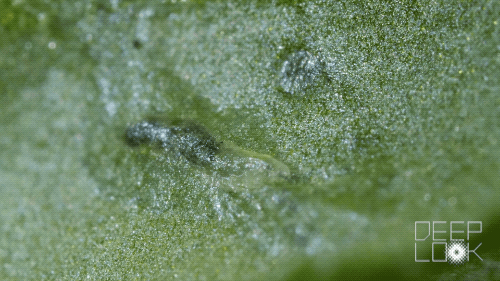
Scaptomyza flies have evolved to tolerate low levels of these toxic chemicals. As a result, they have the plants practically to themselves. But this comes at a cost. Over the past 14 million years, the flies have had to develop better and better defenses to thwart the plants’ stronger and stronger toxins. Flies and plants are in an “evolutionary arms race” with each other, said Noah Whiteman, a professor of evolutionary biology at UC Berkeley.
“Losing one’s footing in the battle means you go extinct,” he said, “so everyone’s running to stay in the same place.”
Whiteman and his colleagues are studying how Scaptomyza larvae are able to survive inside leaves that are toxic to other insects. As a biology student at UC Berkeley in 2019, I helped maintain the Scaptomyza fly colonies in Whiteman’s lab.
One way in which the flies deal with the plant’s toxic chemicals is by laying their eggs on the parts of the plant that are the least toxic. To do this, female flies perform a taste test.
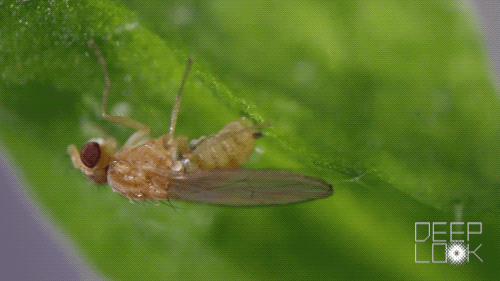
A female fly digs into a leaf using her saw-toothed reproductive organ, called an ovipositor, and makes a hole known as a stipple. Sap pools into the stipple and the fly sucks it up with her mouthparts. She is drinking to feed herself, but also to test how much toxin is in the leaf. If the concentration of toxin isn’t too high, she will lay a single egg in the leaf. If not, she’ll continue sampling on this leaf or move on to a new leaf until she finds one that is suitable for her offspring.
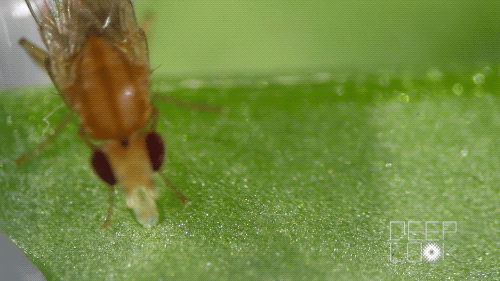
When Whiteman looked at which leaves the flies were laying eggs on, he found that the flies chose older leaves, which contain lower levels of toxins compared to new leaves. The plant puts more energy into protecting its new leaves from pests by pumping more toxins into them.
“Because the toxins are expensive to make,” Whiteman said, “the plant invests more in the new leaves.”
Since older leaves deteriorate with age, younger ones are especially valuable. They may become the primary leaves through which the plant transforms the rays of the sun into food.
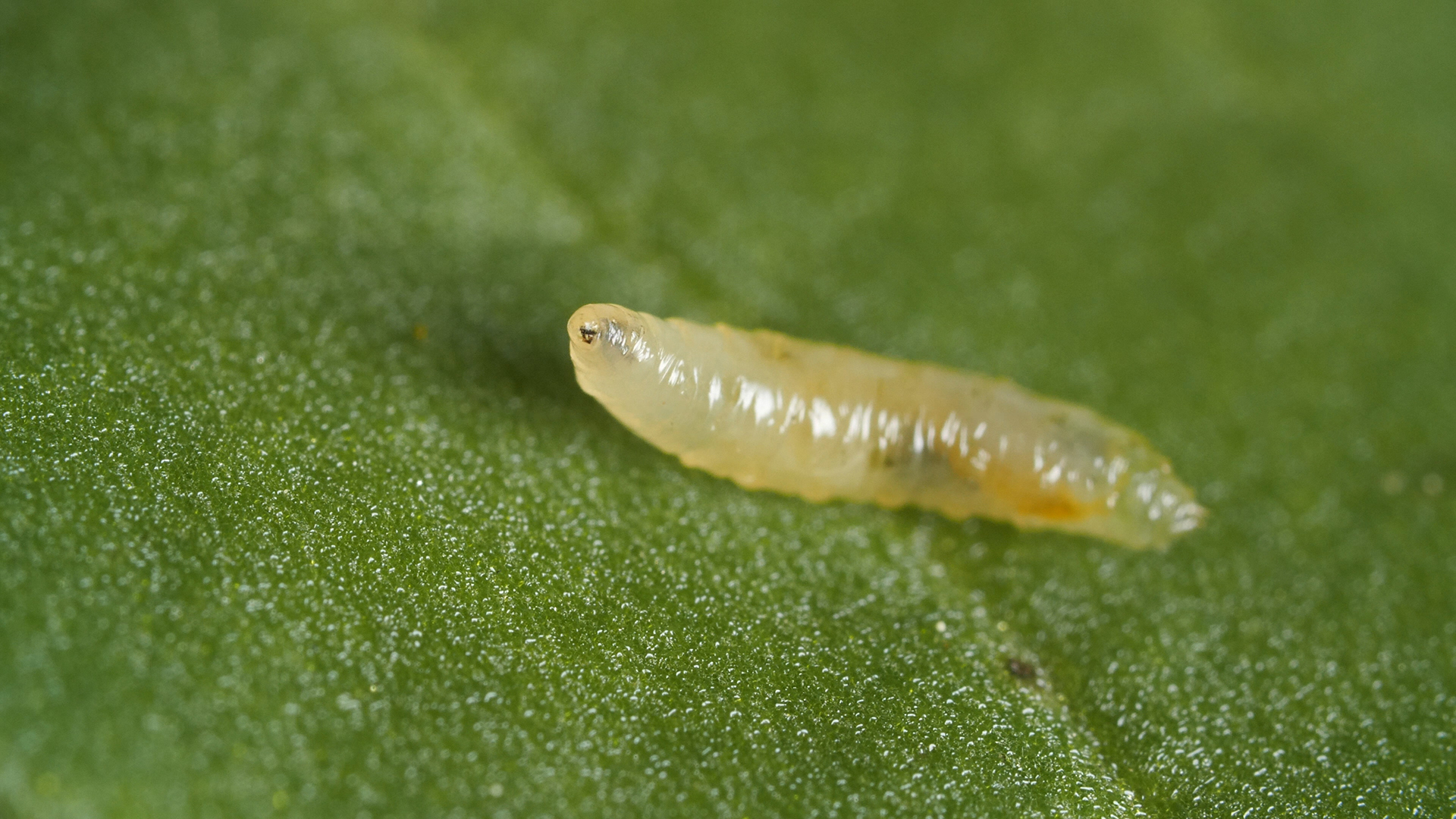
A few days after an egg is laid, a larva hatches and begins to tunnel through the leaf. It munches on the abundant plant tissue surrounding it. It grows as it mines along the length of the leaf, eventually reaching the size of a sesame seed, leaving a hollowed-out trail in its path.
So it’s best to harvest your leafy greens early, lest the flies beat you to it — unless you’re looking for a little extra protein in your salad.
